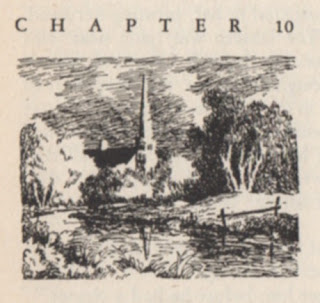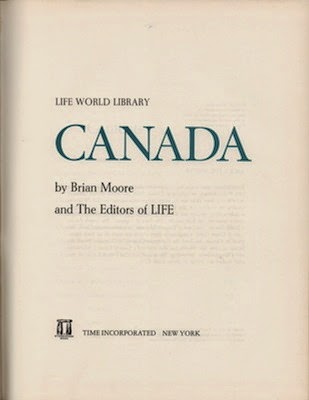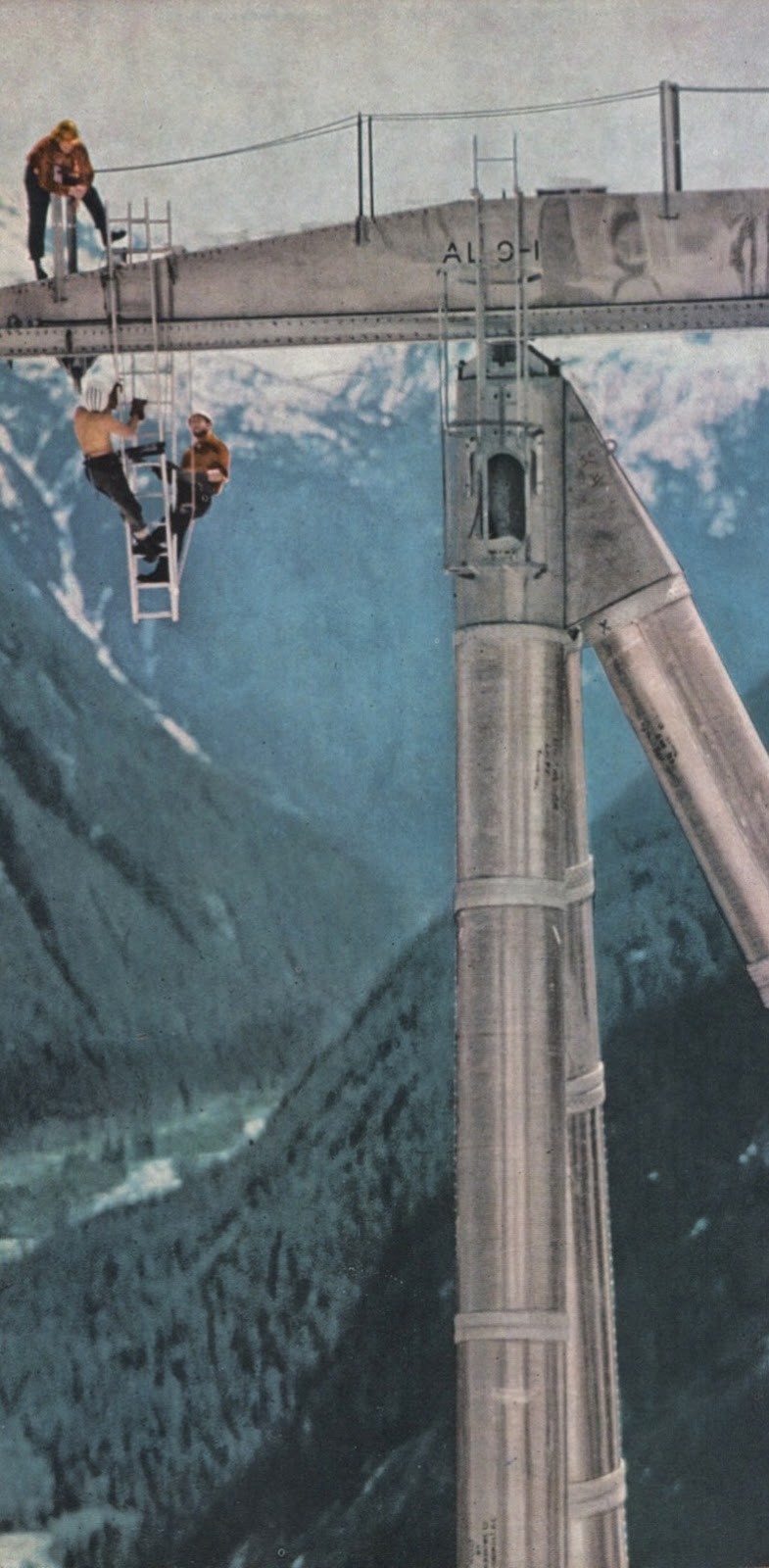Canada
Brian Moore and the Editors of LIFE
New York: Time, 1963
The LIFE World Library was once found in every third suburban rec room and on one of ten coffee tables. That's what I remember, anyway. Now you can't give them away.
There were thirty-two volumes in all, but
Canada is the only one I own. I paid $1.50 – entirely too much – at a Toronto Goodwill fourteen years ago, and have been moving it about the country ever since. Until yesterday, it was one of only two Brian Moore titles I hadn't read; today
Murder in Majorca stands alone.
Canada is an odd duck. It's Moore's only non-fiction book and his only collaboration. Just who are those "Editors of LIFE"? One was Oliver E. Allen, who would one day garner praise for
New York, New York: A History of the World's Most Exhilarating City and
The Tiger: The Rise and Fall of Tammany Hall.
Knowing that the Library was sold throughout the anglosphere, and was translated into French, German, Dutch and Spanish, I was surprised to see the extent to which
Canada is tailored toward American readers. The Introduction is written by Livingston T. Merchant, former U.S. Ambassador to Canada (1956-58). "For most of us in the United States, Canada is not really a foreign country", writes the diplomat. "And failure to grasp the simple fact accounts for much of the difficulty which growingly attends our relationship." So it is that in Ambassador Merchant's opinion, the book provides a "needed service".
This all sounds dry, but isn't because Moore is a real pro. For evidence, look no further than his chapter on Canadian history: Lief Erikson to Lester Pearson in under 4500 words and he still finds space for the Fenian Raids.
Each volume in the series had a history chapter; it's in the others that Moore really shines. His writing on Quebec, not yet three years into the Quiet Revolution, is as much about how the province is (or was) as how it will be (or is). A chapter on post-war immigration draws on his own experiences and includes this horribly accurate description: "The cities split at their extremities, disgorging long, untidy entrails of new concrete factories, shopping centers and suburban office blocks."
 |
| (cliquez pour agrandir) |
No chapter is more surprising than "Clubmen and the Other Club", which begins:
There is no such person as Stewart Henderson McMaster, yet he is easily invented. Almost certainly his name will have a Scottish ring. He is English on his mother's side, and his wife, the granddaughter of an Anglican bishop, is also of English descent. He is director of two or more of Canada's dominant business corporations, a university governor, an executive member of the Canadian Manufacturers' Association and the Canadian Chamber of Commerce. He sits on the board of more than a dozen charitable institutions.
Moore's "Other Club", composed of members of the intellectual class, is personified by clergyman's son "Gordon Bruce Howard", a Rhodes scholar who sipped sherry at Oxford with "the brightest minds from all over the British Commonwealth". Although Moore doesn't say, Gordie Howard is just the sort of who would have visited Montreal's Hostellerie, where drink flowed freely and sweaters were bulky.
Canada includes three images of the café. This shot appears to capture a twenty-something Leonard Cohen.
 |
| (cliquez pour agrandir) |
That's him on the far right, right?
Being a LIFE book, there are photos aplenty. My favourite is this oddly unsettling image of Mme Edmond-Louis Simard and family of Bagotville.
 |
| (cliquez pour agrandir) |
More than a half-century later, this photograph of hydro workers in Kitimat looks like something from the future.
I'd never seen this photograph of Hugh MacLennan, whom Moore describes as "the only serious novelist of the 1940s".
And here's Morley Callaghan, "for many years a neglected oddity in his native city."
Meanwhile, Harold Town and Tom Onley adopt the painter's pose.
A chicken in every pot and a Moore in every home. Not quite, but it is nice to think that they were once so common. I wonder how many were read. Or did people just look at the pictures?
Did they even do that?
Trivia: Moore wasn't the only name recruited by LIFE. Hammond Innes provided a volume on Scandinavia. Elizabeth Bishop got paid US$10,000 (over US$75,000 today) for her volume on Brazil.
Object: A 160-page hardcover, featuring 104 photographs, six paintings, four illustrations and three maps (four with the endpapers). Loads of copies are available online; pay no more than one dollar. Goodhearted souls who volunteer at library book sales may snag a copy en route to being pulped.
Easily found in academic libraries; less so in public libraries.






























































